The New Excalibur Sport
Smarter, Better, Stronger!
With its unbeatable accuracy and reliability, the Excalibur Sport has proven itself as The Gold Standard in Ergometry ever since 1985. However, the world keeps spinning and developments never stop. That is why we now proudly present the new Lode Excalibur Sport: Smarter, Better and Stronger! Still true to its heritage but combined with innovative new features to meet the latest and future requirements of modern sports medicine and research to allow athletes to become stronger and better with smarter use of human performance technology.
Versatile ergometerThe new Lode Excalibur Sport ergometer is an essential part of a sports medicine or research lab, since it can be used to test all types of athletes. The ergometer allows for various tests, like a Wingate sprint test, Isokinetic tests, High Intensity Tests (HIT) and time trials. Moreover, it can also be used for CPET testing and bike fitting.
Overview
Highlights
Extreme workload range of 10 – 3000 watt
Left and right independent measurements
Measurement every 2 degrees
Special Analysis and Polar Graphs
LEM PFM included
Features

Electric adjustable saddle Excalibur Sport
The position of the saddle of the excalibur sport can be adjusted in height, length and angle to suit all users.
The saddle of the ergometer can be adjusted horizontally in a range of 252 mm and the saddle height in a range of 388 mm using the Control Unit or LEM.
The Test Subject can be seated on the saddle while adjusting.

Electric adjustable handlebar Excalibur Sport
The position of the handlebar of Excalibur Sport is completely adjustable in height and length.
The handlebar of the ergometer can be adjusted horizontally in a range of 169mm and vertically in a range of 390mm using the Control Unit or LEM software. The Test Subject can use the handlebar while adjusting.

Extreme low start up load 10W

Low noise

Accurate over a long period of time

Compatible with ECG and pulmonary devices

Exchangeable pedals

Designed to be sweat-proof

RS232 connectivity

LEM compatible
Specifications
| Minimum load | 10 W | the minimum load the ergometer can provide | |
| Maximum peak load | 3000 W | the maximum load the ergometer can provide for a short period of time | |
| Isokinetic workload control | control ergometer in isokinetic way | ||
| Minimum load increments | 1 W | the smallest steps with which the load can be added | |
| Hyperbolic workload control | control of workload in hyperbolic way | ||
| Linear workload control | control ergometer in a linear way | ||
| Fixed torque workload control | control ergometer in a fixed torque way | ||
| Maximum rpm independent constant load | 180 rpm | rpm as to which constant load can be applied | |
| Minimum rpm independent constant load | 30 rpm | rpm as from which constant load can be applied | |
| Electromagnetic "eddy current" braking system | system that very accurately applies a brake to the ergometer |
| Workload accuracy below 100 W | 2 W | accuracy of the ergometer below 100 Watt load | |
| Workload accuracy from 100 to 1500 W | 2 % | accuracy of the ergometer between 100 and 1500 Watt | |
| Workload accuracy over 1500 W | 5 % | accuracy of the ergometer over 1500 Watt |
| Toeclips on pedals | fixation of the feet on pedals to enable optimal force transition | ||
| Q-factor | 147 mm | Q-factor | |
| Vertical seat adjustment maximum | 938 mm | 36.9 inch | seat adjustment maximum height from crank axis to seat top |
| Vertical seat adjustment minimum | 550 mm | 21.7 inch | seat adjustment minimum height from crank axis to seat top |
| Horizontal seat adjustment minimum | 72 mm | 2.8 inch | horizontal seat adjustment minimum distance from crank axis to seat midpoint |
| Horizontal seat adjustment maximum | 324 mm | 12.8 inch | horizontal seat adjustment maximum distance from crank axis to seat midpoint |
| Allowed user weight | 225 kg | 496 lbs | maximum patient weight |
| Horizontal handlebar adjustment minimum | 229 mm | 9 inch | horizontal handlebar adjustment minimum distance from crank axis to center of handlebar mounting point |
| Horizontal handlebar adjustment maximum | 60 mm | 2.4 inch | horizontal handlebar adjustment maximum distance from crank axis to center of handlebar mounting point |
| Vertical handlebar adjustment minimum | 465 mm | 18.3 inch | vertical handlebar adjustment minimum distance from crank axis to center of handlebar mounting point |
| Vertical handlebar adjustment maximum | 855 mm | 33.7 inch | vertical handlebar adjustment maximum distance from crank axis to center of handlebar mounting point |
| English user interface | User interface available in English language | ||
| Norwegian user interface | User interface available in Norwegian language | ||
| Czech user interface | User interface available in Czech language | ||
| Danish user interface | User interface available in Danishlanguage | ||
| Dutch user interface | User interface available in Dutch language | ||
| French user interface | User interface available in French language | ||
| German user interface | User interface available in German language | ||
| Italian user interface | User interface available in Italian language | ||
| Japanese user interface | User interface available in language | ||
| Korean user interface | User interface available in Korean language | ||
| Polish user interface | User interface available in Polish language | ||
| Portugese user interface | User interface available in Portugese language | ||
| Russian user interface | User interface available in Russian language | ||
| Spanish user interface | User interface available in Spanish language | ||
| Turkish user interface | User interface available in Turkish language | ||
| Ukrainian user interface | User interface available in Ukrainian language | ||
| Terminal operation mode | operate with an external device | ||
| Screen size (diagonal) | 17.8 cm | 7 inch | diagonal size of the display |
| Touchscreen | operation by touch screen |
| Lode interface protocol | Supports communication according to the Lode ergometer protocol | ||
| Ergoline P10 interface protocol | Supports communication with Ergoline P10 protocol | ||
| Ergoline P4 interface protocol | Supports communication with Ergoline P4 protocol | ||
| Schiller interface protocol | Schiller-käyttöliittymäprotokolla | ||
| Bosch EKG 506 DS interface protocol | Supports communication with Bosch EKG 506 DS Protokoll | ||
| USB connector | connection via USB possible | ||
| RS232 out connector | connection via RS232 |
| Product length (cm) | 200 cm | 78.7 inch | length of product in cm |
| Product width (cm) | 100 cm | 39.4 inch | width of the product in cm |
| Product height | 70 cm | 27.6 inch | height of product |
| Product weight | 100 kg | 220.5 lbs | the weight of the product |
| 100 / 230V AC 50/60 Hz | 5,5 / 8,5 A - at 110 V: 500 Watt | ||
| V AC | 100 - 240 V | voltage in Volt | |
| Phases | 1 | phases | |
| Frequency | 50/60 Hz | frequency in Herz | |
| Power consumption | 160 W | power consumption in Watt | |
| Power cord length | 250 cm | 98.4 inch | length of powercord including plugs |
| Power cord IEC 60320 C13 with CEE 7/7 plug | European power cord and connector standard supplied with product |
| IEC 60601-1:2012 - pending | the product is IEC 60601-1 edition 3.1 compliant (pending) | ||
| ISO 13485:2016 compliant | Lode fulfils ISO 13485:2016 requirements | ||
| ISO 9001:2015 compliant | Lode fulfills ISO 9001: 2015 requirements |
| Minimum operational temperature | 14 °C | minimum temperature at which the device will work within specification | |
| Maximum operational temperature | 40 °C | maximum temperature at which the device will work within specification | |
| Minimum operational air pressure | 80 kPa | minimum airpressure as from which the product will be operating within specification | |
| Maximum operational air pressure | 106 kPa | maximum air pressure as from which the product will be operating within specification | |
| Minimum operational non-condensing humidity | 30 % | minimum non-condensing humidity at which the product will operate within specification | |
| Maximum operational non-condensing humidity | 90 % | maximum non-condensing humidity at which the product will operate within specification | |
| Minimum storage & transport temperature | -20 °C | minimum temperature the product may be stored and transported at | |
| Maximum storage & transport temperature | 60 °C | maximum temperature the product may be stored or transported at | |
| Minimum air pressure storage & transport | 50 kPa | minimum air pressure the product may be stored or transported at | |
| Maximum storage & transport air pressure | 106 kPa | maximum air pressure the product may be stored and transported at | |
| Min. humidity storage & transport | 10 % | minimum non-condensing humidity that the product can be stored or transport at | |
| Max. humidity storage & transport | 95 % | max. non-condensing humidity that the product can be stored or transported at |
*Specifications are subject to change without notice.
Accessories
Science
Science
- A 3-min All-out Cycling Test Is Sensitive to a Change in Critical Power
- Acute effects of small changes in crank length on gross efficiency and pedalling technique during submaximal cycling.
- Differences in pedalling technique between road cyclists of different competitive levels.
- Effect of Growth Hormone (GH) on Glycerol and Free Fatty Acid Metabolism during Exhaustive Exercise in GH-Deficient Adults
- Effects of toe-in angles on knee biomechanics in cycling of patients with medial knee osteoarthritis
- Exercise Performance Falls over Time in Patients with Chronic Kidney Disease Despite Maintenance of Hemoglobin Concentration
- High Performance Cycling – Chapter 18.
- Impaired Mitochondrial Function and Insulin Resistance of Skeletal Muscle in Mitochondrial Diabetes
- Impaired plasma fatty acid oxidation in extremely obese women
- Mechanical and electromyographic responses during the 3-min all-out test in competitive cyclists
- Physiologic responses to two distinct maximal cardiorespiratory exercise protocols
- Physiology and training of a world-champion paratriathlete.
- RELATIONSHIP BETWEEN STRENGTH AND POWER PRODUCTION CAPACITIES IN TRAINED SPRINT TRACK CYCLISTS
- Relative degree of stimulation-evoked glycogen degradation in muscle fibres of different type in rat gastrocnemius.
- Reliability of MAOD measured at 110% and 120% of peak oxygen uptake for cycling
- Reliability of the Lode Excalibur Sport Ergometer and Applicability to computrainer Electromagnetically Braked Cycling Training Device
- The effects of replacing a portion of endurance training by explosive strength training on performance in trained cyclists.
- The most economical cadence increases with increasing workload
- The Sweating Foot: Local Differences in Sweat Secretion During Exercise-Induced Hyperthermia
- Validity of criteria for establishing maximal O2 uptake during ramp exercise tests
- Within-day Energy Deficiency and Metabolic Perturbation in Male Endurance Athletes
Support
Part Number
- 965910
Service
Service
Part number
- 965910
Interfacing
Interfacing protocols

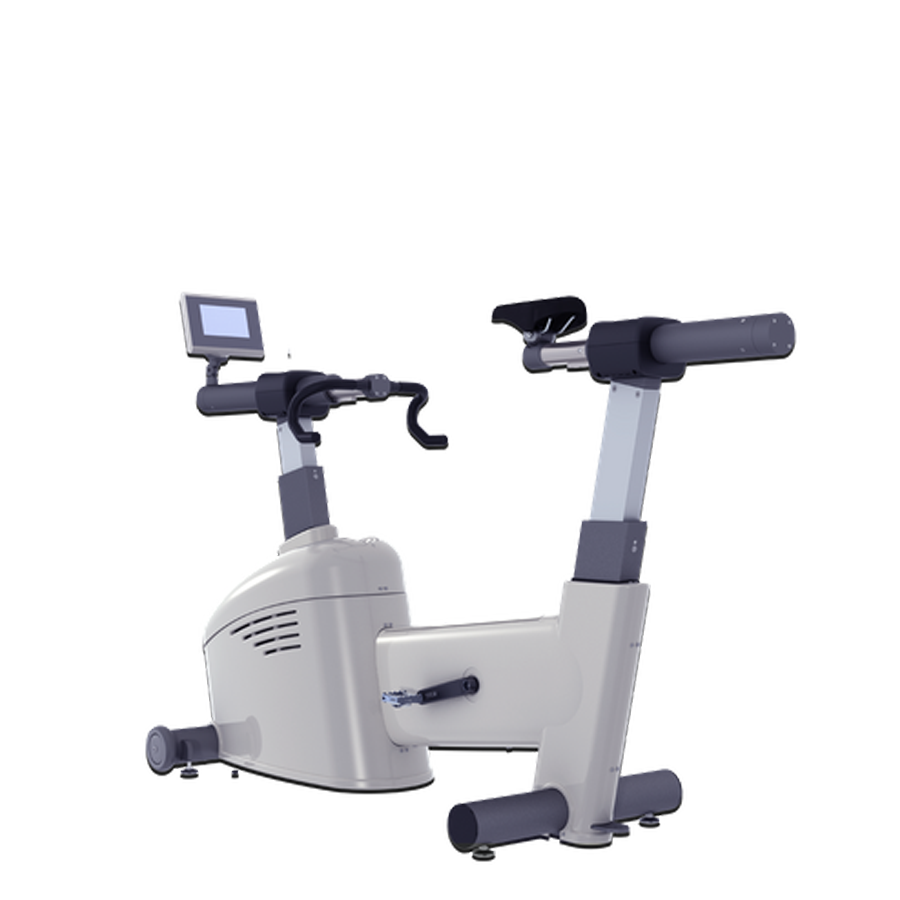
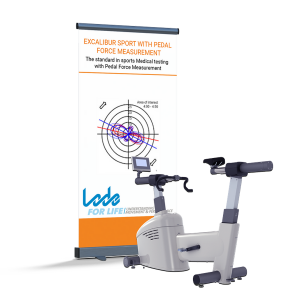
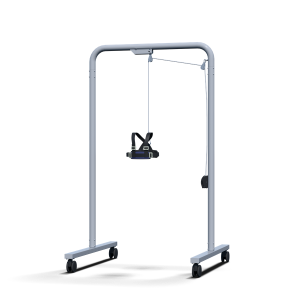

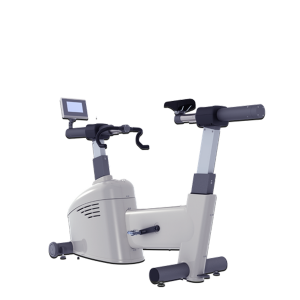
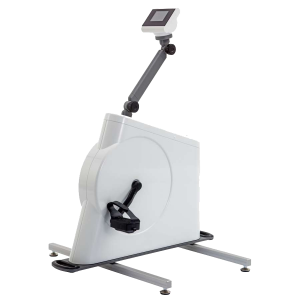
Reviews
There are no reviews yet.